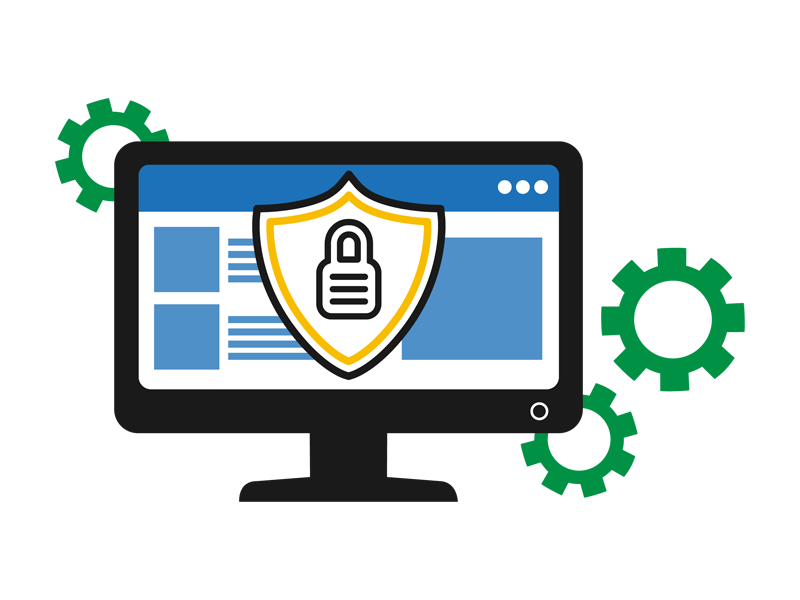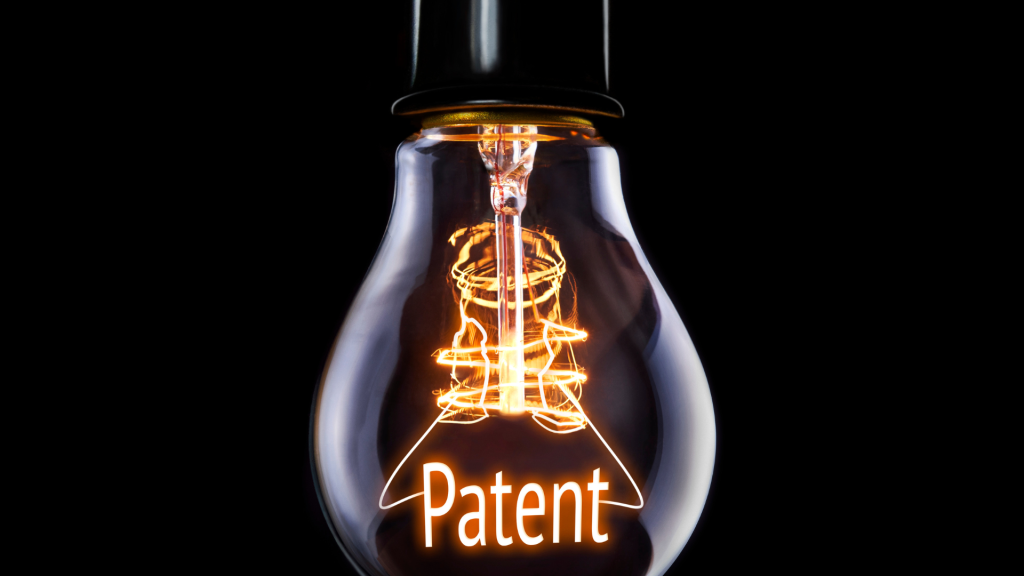The need for digital rights management (DRM) has never been greater. As brands create more and more digital assets, DRM is more and more necessary.
___
Digital Rights Management (DRM) is a critical way to protect and manage the use of copyrighted materials like stock photography, logos, videos, software, and audio content for your business. Without clear processes and technology in place for DRM, your brand could be damaged, revenue lost, and fines or lawsuits levied. This guide will help you understand DRM, how it’s being used, and how to get the most value from it.
What is Digital Rights Management?
| Digital rights management (DRM) is a combination of strategies, tactics, and technology that ensures copyrighted digital materials are protected and used correctly. DRM tools and protocols protect copyright holders, your brand, and the valuable content your company produces. |
How Does Digital Right Management Work?
People have been stealing digital content since the early days of the Internet when images, videos, and audio files all became accessible with a few clicks. In today’s digital landscape, not everyone maliciously steals content instead of paying to produce it themselves. Many people don’t even know they’re committing copyright infringement when they do something like add an unlicensed and uncredited image to a blog post. On the other hand, some people and organizations have advanced tactics for stealing your content and using it for scams, like selling counterfeit products.
These days, it’s up to brands to protect their content and the content they license with the latest DRM strategies and tools. One way that DRM works is by adding barriers to product content that’s published online. Have you noticed how some brands take away your ability to download an image from a webpage (or Instagram account) with a right click and “Save image as?” That’s an example of copy protection: preventing people from copying and reproducing works your company produced.
There are also many ways that you can damage your brand internally without DRM protections in place. Your brand needs a way to prevent people from sharing content that’s outdated (old logos, for example), has an expired license, or isn’t approved to be published until a certain date. You can do so with permission management, which can be as simple as adding people to the right user group in a digital asset management (DAM) system or as advanced as restricting access by IP address.
Copy protection and permission management are two major categories of how DRM works at a foundational level. Here’s a closer look at both.
- Copy protection
This DRM strategy prevents users from making copies of a work. Copy protection can happen through encryption, which writes the digital content in a code that can only be read by devices or software with the key to unlock it. This approach is also sometimes referred to as scrambling. Other examples of copy protection include digital watermarks, fingerprinting, and restricting copying features, such as rootkit software. - Permission management
This is about controlling who has permission to use a certain work. Think software licenses and keys, user authentication and IP authentication protocols, proxy servers, virtual private networks (VPNs), regional restriction or geoblocking, and designing products to only work on specialized hardware or software. This could also include controlling who has access to publish certain content.
Brands often use a combination of these DRM strategies to protect their digital works. Here are some direct examples of DRM in action.
DRM Examples
The concept of DRM was born in the mid-1980s when content long protected from mass reproduction began moving from the physical world to the online realm. Since then, everything from software to video games and music has become subscription-based, and DRM technology has evolved. You can use DRM tools to protect everything from images on your website to preventing people from using files on unauthorized computers.
The concept of DRM was born in the mid-1980s when content long protected from mass reproduction began moving from the physical world to the online realm.
Below are examples of a range of DRM tactics used by brands today.
- Limit account access to subscribers. If you provide content as a service like Netflix, subscription limitations are a crucial DRM measure, yet subscribers share their Netflix accounts with non-subscribers. The company has measures in place to ensure this behavior is limited, though — and Netflix is exploring further restrictions. If it didn’t, many people wouldn’t have to buy subscriptions, and Netflix’s business model would suffer. To offer flexibility to its customers while protecting the company’s bottom line, Netflix allows streaming on two different devices on its standard plan and four devices on its premium plan.
- Limit access to audio files. Apple has mastered DRM on the iTunes Music Store. If you still buy audio files from Apple, you can only play those files on authorized devices. This prevents downloaded audio files from being shared freely via flash drives, ensuring iTunes users pay for their music.
- Prevent software tampering. Microsoft’s operating system, Windows Vista, contains a DRM system that works to stop DRM-restricted content from playing while unsigned software is running, which prevents the unsigned software from accessing the content.
- Trace leaks of product images. If someone leaks a product image of a new iPhone before it’s launched, that image can spread across the Internet like wildfire. That situation can easily lead to brand degradation, costly competitive disadvantages, and the creation of counterfeit products. Manufacturing companies can apply DRM technology to pre-release and embargoed product images to trace these leaks back to the source — and shut them down.
- Eliminate counterfeit web stores. Companies that sell counterfeit products often scrape images from the web and reuse them on their website to appear authentic to consumers. If the fraudsters use images that are encoded with DRM technology, they can be tracked and immediate legal action can be taken.
- Produce content safely. When creating marketing materials or advertisements for mass distribution, DRM software can capture and manage contracts and agreements to get full visibility into the terms of use and restrictions for each image, model, and photographer, as well as music, voiceovers, and videos. The software embeds a tracking ID in every piece of content to track each use. This information is then aggregated in analytic dashboards, which helps ensure that teams create deliverables that comply with all related contracts and agreements.
Why is Digital Rights Management Important?
DRM can protect your organization’s confidential files, prevent unauthorized use of licensed content, and ensure your content teams are only publishing approved content. The right technology can help you track down counterfeit web stores and trace leaks of product images for flagship products.
With DRM strategies and tools in place, you can shield your brand from fines and lawsuits, protect your company data, and secure your revenue streams. Content creation takes significant resources in terms of time, money, and talent. DRM technology helps ensure that content owners see a healthy return on this investment.
When combined with a digital asset management (DAM) system, DRM tools can even streamline content workflows and accelerate content production, but there are a lot of crucial DRM functions that a DAM system can perform on its own.
DRM and DAM
DAM software provides a central source of truth for all of your digital assets and is the most logical place to integrate DRM tools. The right DAM system provides powerful DRM capabilities on its own by helping you control access to digital assets through permissions and user groups. DAM tools also give companies an easy way to capture licensing and copyright information in metadata and make all of your copyrighted works easily searchable.
Your DAM system can create embed codes to control how and where assets are published online. When an image license expires or is updated, you can update the file in the DAM system, and it will publish a new version of the image to every location the related embed code has been published. This process is known as COPE — create once, publish everywhere — and can be a valuable component of a larger DRM strategy.
On top of everything that a DAM system does on its own, you can integrate purpose-built DRM software to add advanced capabilities. Digimarc and FADEL are DRM solutions that make it possible to embed digital watermarks on images and track licensing and distribution rights. Here’s a quick look at what these software integrations can add to your DAM system.
Digital Watermarking with Digimarc
Digimarc places a graphic file on top of an asset or asset preview to alter its appearance and signal that it’s not approved for use. Digimarc also embeds an invisible ID, or watermark, in the asset that allows you to find and track unauthorized online use. The watermark stays with the file as it’s manipulated, copied, or transformed from one format to another.
Digimarc technology can also streamline product workflows in our omnichannel world. A barcode ID can be applied to individual items and packaging and then scanned for authentication, accelerating products through the supply chain.
FADEL Rights Cloud®
FADEL Rights Cloud software tracks licensing and distribution rights for music, images, videos, and apps on specific devices. It monitors all the rights related to a specific piece of content and can shut down a campaign that reaches its distribution or royalty limit based on where and how that content has been used.
FADEL also facilitates brand compliance by protecting the use of brand assets, product packaging, marketing content, and advertising. This DRM software can be integrated with other tools like Adobe Creative Cloud to “rights check” assets as they’re being used. And once content is distributed, it can be tracked for expiration dates, usage trends, and more.
What’s Next in Digital Rights Management?
You know it’s important to protect your content investments and prevent your brand’s images, videos, audio, and other digital works from getting copied, stolen, and misused. DRM strategies and tools allow you to secure your revenue streams, shield your brand from copyright lawsuits, and prevent your content from being copied, stolen, and misused.
Your chosen DAM system plays a crucial role in a DRM strategy by preventing internal teams and external partners from sharing outdated and unlicensed content that can cause brand damage and lead to copyright lawsuits. A DAM platform also enables teams to update content across any published location on the web using embed codes when licenses expire or new versions of content are released. Supported by the right DAM system, your DRM strategy and integrated tools can help you create a consistent brand experience, streamline content workflows, and get the most out of your content investments.
___
This post was originally published on the Acquia blog.




